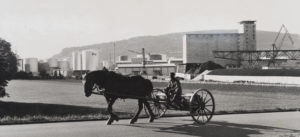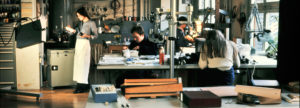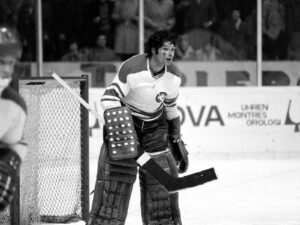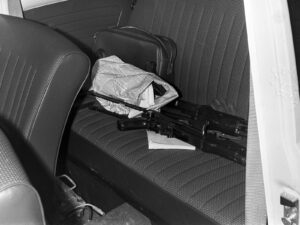
Intimacy of terror
There was a time before mobile phones, a time when press photographers were the eyes of an entire nation. Many of the images they captured are now forgotten. But they haven’t lost their impact – for instance, the photo of an attacker shot dead in Switzerland.
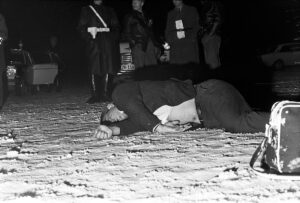
Shock for the Swiss establishment
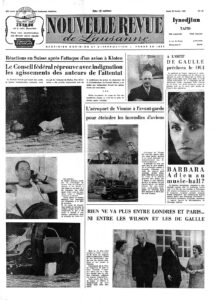
The press photo agency ASL
Actualités Suisses Lausanne (ASL) was founded by Roland Schlaefli in 1954, and until its closure in 1999 was the leading press photo agency in western Switzerland. In 1973, Schlaefli also took over the archive of Agentur Presse Diffusion Lausanne (PDL), founded in 1937. The holdings of the two agencies comprise approximately six million images (negatives, prints, slides). In the broad range of subjects covered, there is a focus on federal politics, sport and western Switzerland. The agency opted not to take the step into the digital age. Since 2007, the archives of ASL and PDL have been held by the Swiss National Museum. The blog presents, in a loose chronology, images and photo sequences that particularly stood out when the collections were being recatalogued.

